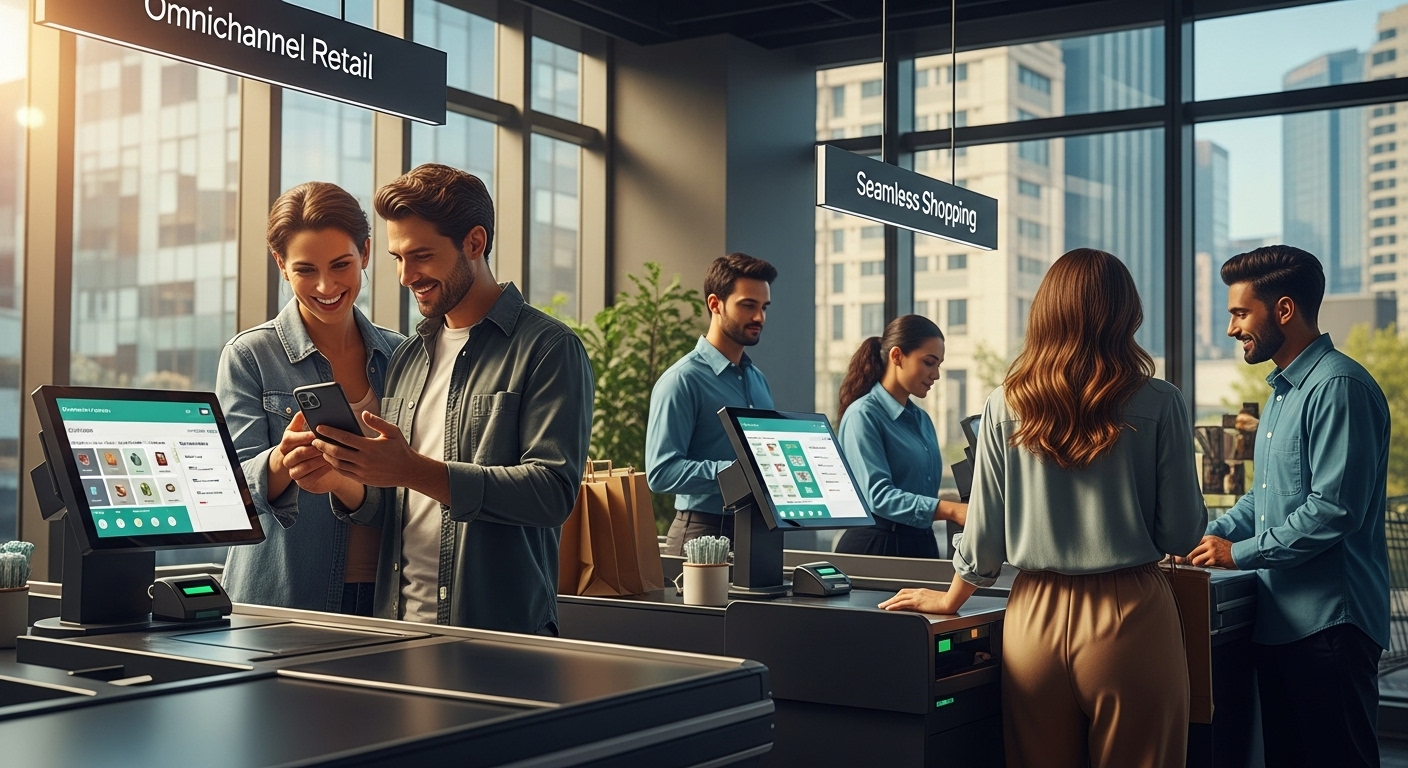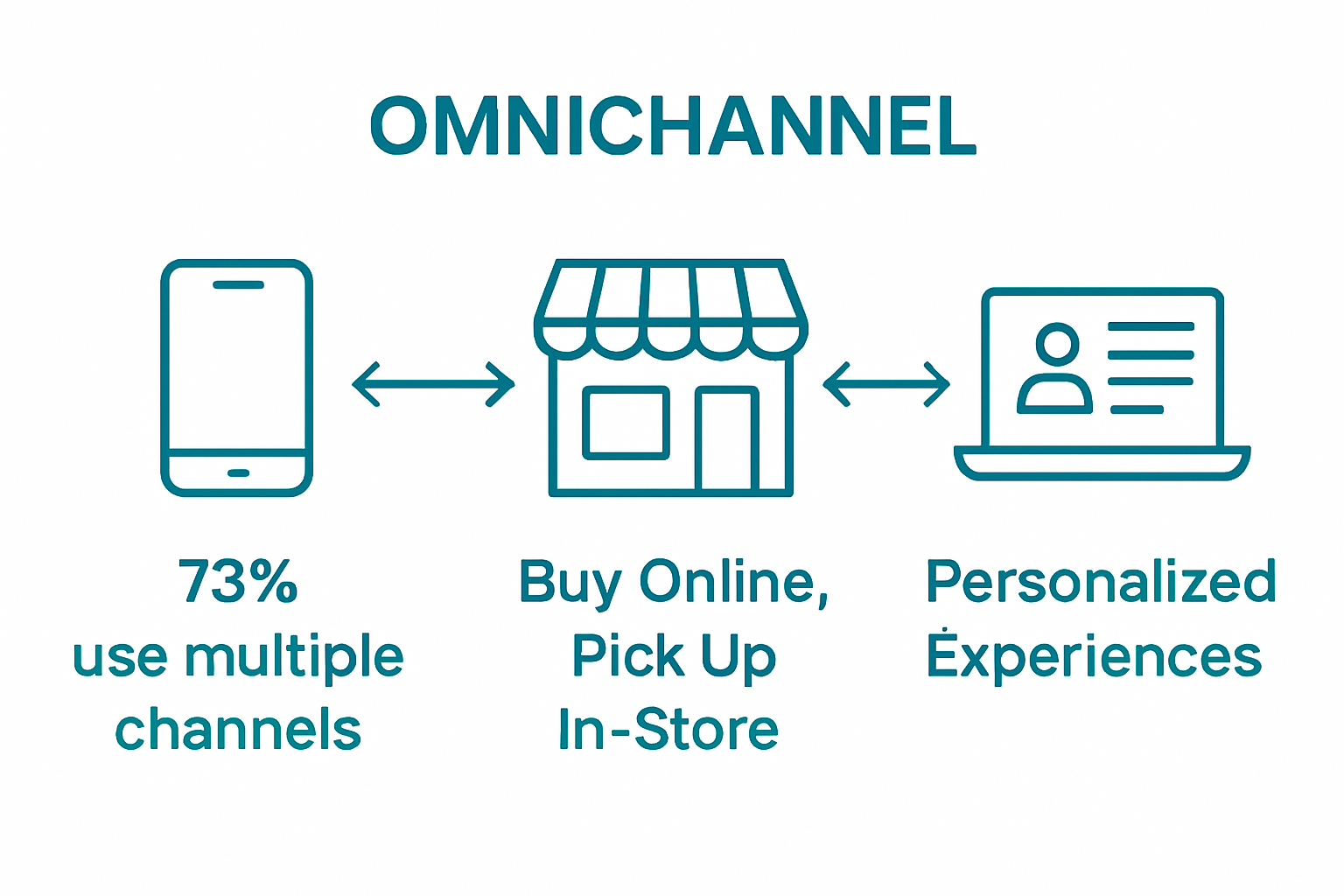-
Shop
- Advanced Technologies
- Arts, Crafts & Hobbies
- Back to School
- Bathroom
- Best-Sellers
- Car Accessories
- Clothing
- Dating & Social Skills
- Digital Resources
- Budgeting & Saving
- Emotional Intelligence
- Entrepreneurship & Business Growth
- Financial Independence
- Financial Mindset & Psychology
- Goal Setting
- Leadership
- Mindfulness
- Motivation
- Nutrition & Healthy Eating
- Positive Thinking
- Productivity
- Self Confidence
- Sleep Improvement
- Stress Management & Relaxation
- Yoga & Mind-Body Practices
- Education & Learning
- Family & Parenting
- Fashion
- Alexander McQueen
- Bags
- Bags & Wallets
- Balenciaga
- Belts
- Blazers
- Bottega Veneta
- Brunello Cucinelli
- Burberry
- Chanel
- Chloé
- Dior
- Dolce & Gabbana
- Dresses
- Etro
- Fendi
- Gucci
- Hats & Hair Accessories
- Hoodies & Sweatshirts
- Jacquemus
- Jewelry
- Jil Sander
- Jimmy Choo
- Keychains
- Kiton
- Luggage
- Men's Fashion
- Miu Miu
- Off-White
- Outerwear
- Prada
- Rick Owens
- Saint Laurent
- Shoes
- Skirts
- Socks & Tights
- Sunglasses
- Sweaters & Cardigans
- The Row
- Tom Ford
- Tops & Shirts
- Valentino
- Valentino Garavani
- Versace
- Vivienne Westwood
- Watches
- Fashion Accessories
- Furniture
- Gadgets
- Health & Beauty
- Health & Wellness
- Home & Garden
- Home Supplies
- Kids & Babies
- Kitchen
- Lighting
- Nike
- Patio, Lawn & Garden
- Personal Growth
- Personal Style & Fashion
- Pet Care
- Pet Supplies
- Pets
- Sport & Outdoors
- Super Deals
- TikTok Growth & Monetization Mastery
- Travel
- Wealth
- Wealth Building
- YouTube Shorts Best-Sellers
What is Omnichannel Retail? Understanding Its Importance

Shopping used to mean choosing between a website or a store, but all that has changed. Now, 73 percent of shoppers use multiple channels in a single purchase journey. What might surprise you is that most consumers hardly notice the difference between online and physical shopping anymore. The real shift is that brands are finally catching up and making these transitions so smooth, it feels like there are no channels at all.
Table of Contents
- What Is Omnichannel Retail? A Basic Understanding
- The Importance Of Omnichannel Retail For Consumers
- How Omnichannel Retail Works: A Comprehensive Look
- Key Concepts And Strategies In Omnichannel Retail
Quick Summary
| Takeaway | Explanation |
|---|---|
| Omnichannel retail integrates all sales channels | It combines online and offline shopping for a seamless customer experience. |
| Personalization enhances shopping experiences | Data-driven recommendations make interactions more relevant and engaging for customers. |
| Flexibility in purchase options is essential | Customers value choices like buying online and picking up in-store or home delivery. |
| Real-time inventory management is crucial | Synchronizing stock across platforms ensures customers have access to product availability instantly. |
| A customer-centric design is foundational | Focusing on customer needs and preferences creates intuitive and enjoyable shopping journeys. |
What is Omnichannel Retail? A Basic Understanding
Omnichannel retail represents a comprehensive approach to creating a seamless shopping experience across multiple channels and touchpoints. Unlike traditional retail strategies that operate each sales channel independently, omnichannel retail integrates digital and physical platforms to provide customers with a consistent, interconnected shopping journey.
Understanding the Core Concept
At its essence, omnichannel retail is about recognizing that modern consumers do not distinguish between online and offline shopping experiences. Customers expect to interact with brands through various channels including websites, mobile apps, social media platforms, physical stores, and telephone support. The primary goal is to create a unified and fluid shopping experience that allows customers to move effortlessly between different platforms without friction.
According to MIT Sloan Management Review, this integrated approach means that a customer might research a product on their smartphone, compare prices on a laptop, try the item in a physical store, and ultimately complete the purchase through a different channel entirely.
Key Characteristics of Omnichannel Retail
The fundamental characteristics that define omnichannel retail include:
- Seamless Channel Integration: Consistent pricing, inventory, and customer experience across all platforms
- Personalized Customer Interactions: Utilizing customer data to provide tailored recommendations and support
- Flexible Purchase and Delivery Options: Enabling methods like buy online, pick up in-store (BOPIS) or ship-from-store
By breaking down traditional barriers between sales channels, omnichannel retail transforms how businesses connect with consumers, recognizing that modern shoppers demand convenience, flexibility, and a holistic brand experience that transcends individual platforms.
The following table summarizes the fundamental characteristics of omnichannel retail, organizing core features that define this approach.
| Characteristic | Description |
|---|---|
| Seamless Channel Integration | Provides consistent pricing, inventory, and experience across all sales platforms |
| Personalized Customer Interactions | Uses customer data to offer tailored recommendations and support |
| Flexible Purchase and Delivery | Offers options like buy online, pick up in-store, or direct shipping |
| Unified Brand Experience | Maintains brand consistency at every touchpoint, whether online or in-store |
| Real-Time Inventory Synchronization | Updates product availability instantly between physical and digital channels |
| Consistent Customer Profiles | Keeps customer details unified across all shopping experiences |
| Data-Driven Insights | Leverages analytics to improve cross-channel interactions and predict consumer preferences |

The Importance of Omnichannel Retail for Consumers
Omnichannel retail fundamentally transforms consumer shopping experiences by providing unprecedented convenience, flexibility, and personalization. This approach goes beyond traditional retail models by recognizing that modern consumers demand seamless interactions across multiple platforms and touchpoints.
Enhanced Consumer Convenience
Consumers benefit significantly from omnichannel strategies through increased accessibility and streamlined shopping experiences. Shoppers can now research products, compare prices, and complete purchases through multiple channels without interruption. For instance, a customer might browse product details on a mobile app, try an item in a physical store, and then complete the purchase online from home.
According to Harvard Business Review, 73% of consumers use multiple channels during their shopping journey, demonstrating the critical importance of integrated retail experiences that adapt to individual preferences and behaviors.
Personalized Shopping Experiences
Omnichannel retail enables highly personalized consumer interactions by leveraging data across different platforms. Key personalization benefits include:
- Tailored Product Recommendations: Using purchase history and browsing behavior to suggest relevant items
- Consistent Customer Profiles: Maintaining unified customer information across all shopping channels
- Customized Marketing Communications: Delivering targeted promotions based on individual preferences
These personalized approaches help consumers feel understood and valued, ultimately enhancing their overall shopping experience and brand loyalty.
 By breaking down traditional barriers between online and offline retail, omnichannel strategies provide consumers with unprecedented control and flexibility in how they discover, evaluate, and purchase products.
By breaking down traditional barriers between online and offline retail, omnichannel strategies provide consumers with unprecedented control and flexibility in how they discover, evaluate, and purchase products.
How Omnichannel Retail Works: A Comprehensive Look
Omnichannel retail operates through a sophisticated technological infrastructure that enables seamless integration across multiple sales platforms. This complex system requires advanced technological capabilities, strategic data management, and sophisticated customer experience design.
Technological Infrastructure
Integrated technology platforms form the backbone of omnichannel retail. These systems connect various touchpoints including mobile apps, websites, physical stores, and customer service centers, creating a unified customer database. Advanced software solutions track customer interactions, preferences, and purchase history across different channels, enabling businesses to create comprehensive customer profiles.
According to MIT Technology Review, successful omnichannel strategies rely on real-time inventory management systems that synchronize stock levels across online and offline platforms, allowing customers to check product availability instantly.
Data-Driven Customer Experience
Omnichannel retail leverages sophisticated data analytics to personalize customer experiences. Key components of this approach include:
- Unified Customer Profiles: Consolidating customer data from multiple interaction points
- Predictive Analytics: Using historical data to anticipate customer preferences
- Dynamic Pricing Strategies: Adjusting prices based on real-time market conditions and customer behavior
This approach allows retailers to understand cross-selling opportunities by analyzing customer purchase patterns and recommending complementary products across different channels.
By integrating advanced technologies, data analytics, and customer-centric design, omnichannel retail creates a fluid, personalized shopping experience that transcends traditional retail boundaries. The goal is to provide customers with a consistent, convenient, and highly responsive shopping journey that adapts to their individual preferences and behaviors.
Key Concepts and Strategies in Omnichannel Retail
Omnichannel retail requires sophisticated strategies that go beyond simple technological integration. Successfully implementing an omnichannel approach demands a holistic understanding of customer behavior, technological capabilities, and organizational alignment.
Strategic Channel Integration
Effective omnichannel strategies focus on creating a seamless customer experience across multiple platforms. This means developing robust technological infrastructures that allow real-time data synchronization, consistent pricing, and unified customer profiles. Retailers must invest in technologies that enable customers to transition smoothly between online and offline channels without experiencing friction or inconsistency.
According to Harvard Business Review, successful omnichannel approaches require breaking down internal organizational silos and creating cross-functional teams dedicated to delivering integrated customer experiences.
Customer-Centric Design Principles
Omnichannel retail strategies prioritize understanding and anticipating customer needs. Key design principles include:
- Personalization at Scale: Leveraging data analytics to create individualized shopping experiences
- Contextual Relevance: Delivering the right message through the right channel at the right time
- Seamless Interaction Mapping: Designing customer journeys that feel natural and intuitive across platforms
These strategies enable retailers to explore cross-selling opportunities by understanding customer preferences and creating targeted, relevant recommendations.
By embracing a comprehensive approach that combines technological innovation, data-driven insights, and customer-centric design, businesses can create omnichannel experiences that meet the evolving expectations of modern consumers. The ultimate goal is to provide a fluid, personalized shopping journey that feels effortless and engaging across all interaction points.
Experience Seamless Shopping That Adapts to You
Are you tired of shopping experiences that feel disconnected or inconsistent across different platforms? The challenge discussed in the article highlights how customers seek a truly unified and flexible journey—whether browsing new styles, searching for the latest tech gadgets, or hunting for a perfect accessory. Shoppers want to move easily from one device to another, receiving personalized recommendations and reliable support at every step. That is the heart of an effective omnichannel strategy and exactly what you deserve.

Discover what effortless shopping really means at mrs.mattie.com. Enjoy fast worldwide shipping, secure checkout, and expert customer care for every product. You can shop for special deals and fresh arrivals with confidence and convenience. Take the next step toward an integrated, stress-free experience and start browsing our diverse selection today—your new favorite find might only be one click away.
Frequently Asked Questions
What is the definition of omnichannel retail?
Omnichannel retail refers to a comprehensive approach that creates a seamless shopping experience across multiple channels, integrating digital and physical platforms for a unified customer journey.
How does omnichannel retail benefit consumers?
Omnichannel retail enhances consumer convenience by allowing seamless interactions across various platforms, offering flexible purchase and delivery options, and personalizing product recommendations based on customer data.
What key technologies are involved in omnichannel retail?
Key technologies in omnichannel retail include integrated technology platforms that synchronize customer data, real-time inventory management systems, and data analytics tools that help personalize shopping experiences.
What are the main characteristics of an effective omnichannel strategy?
An effective omnichannel strategy features seamless channel integration, personalized customer interactions, and flexible purchase options, ensuring a consistent experience across both online and offline channels.
Recommended
Was this article helpful?
Yes
No









Leave a comment